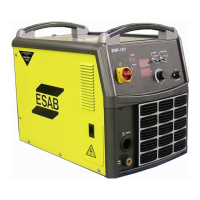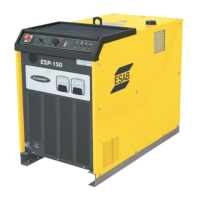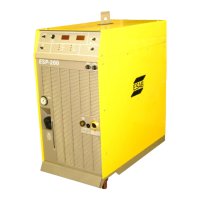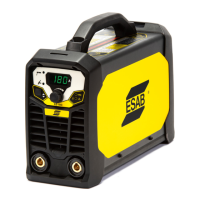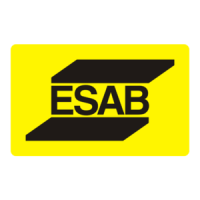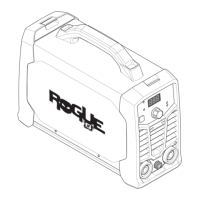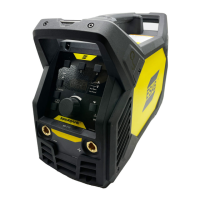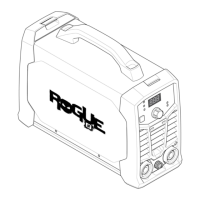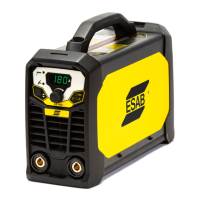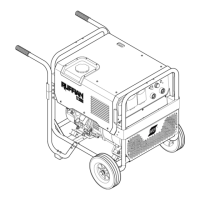What to do if my ESAB ESP-101 Welding System experiences PIP (Parts in place) no continuity?
- Ttammy87Sep 7, 2025
If your ESAB Welding System experiences PIP (Parts in place) no continuity, check and clean the consumables, as the piston may not have dropped back in place when air was removed.
